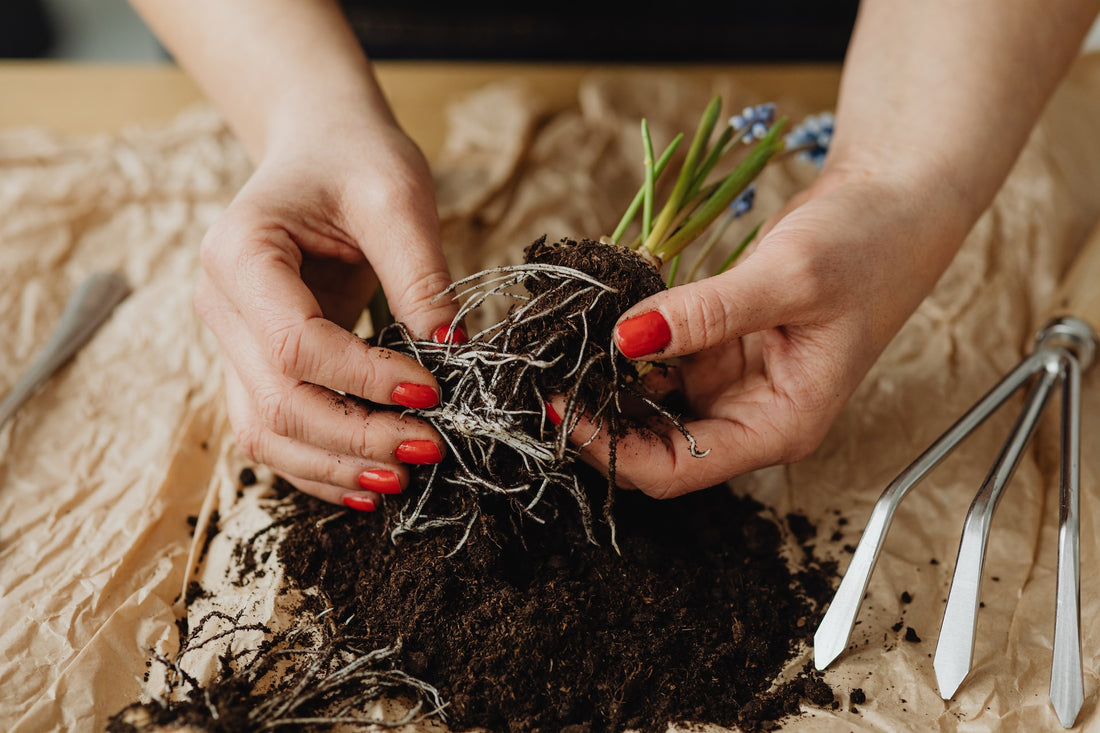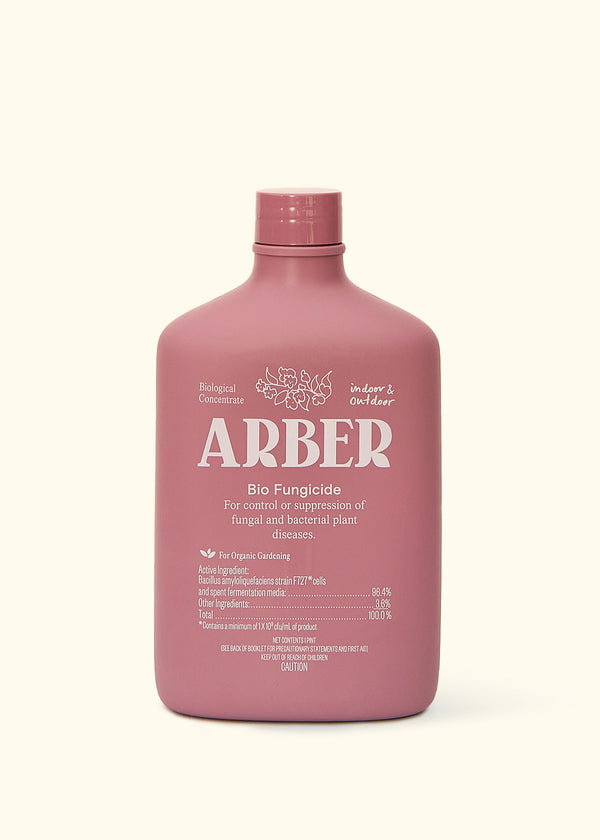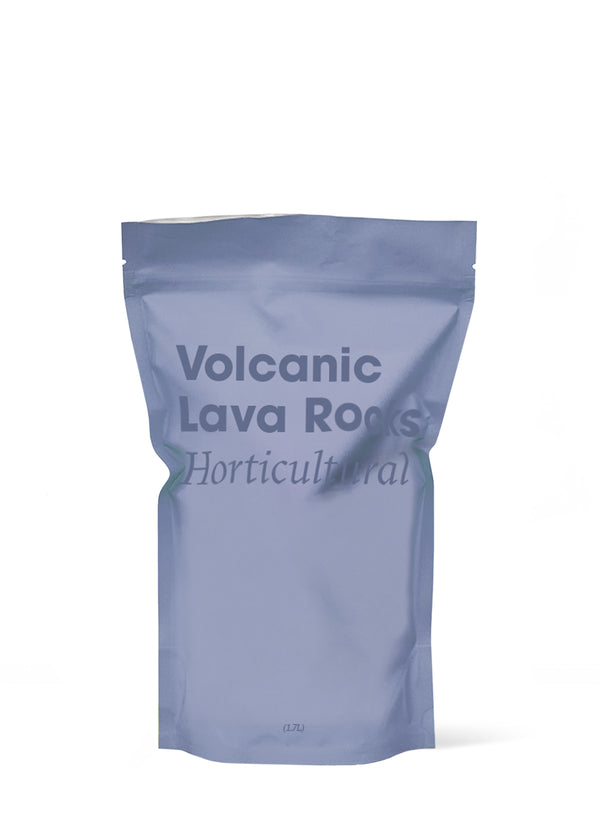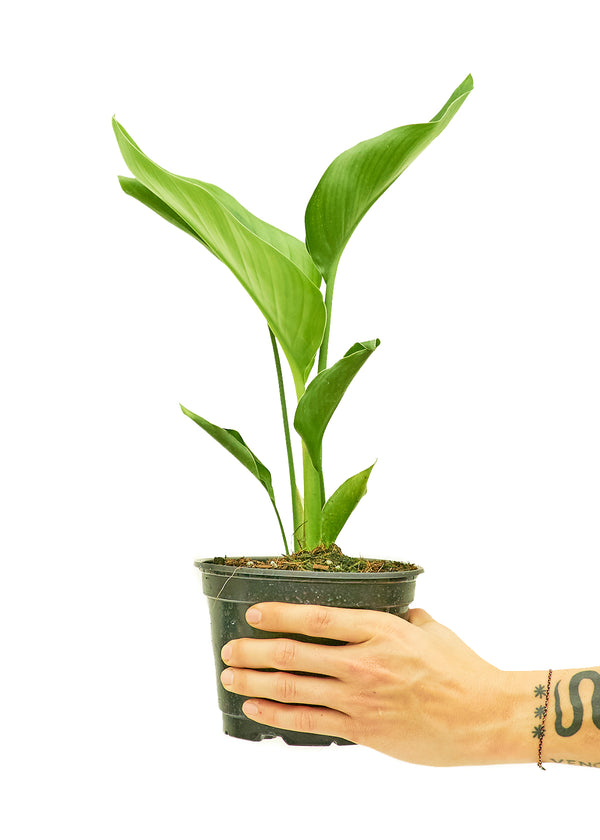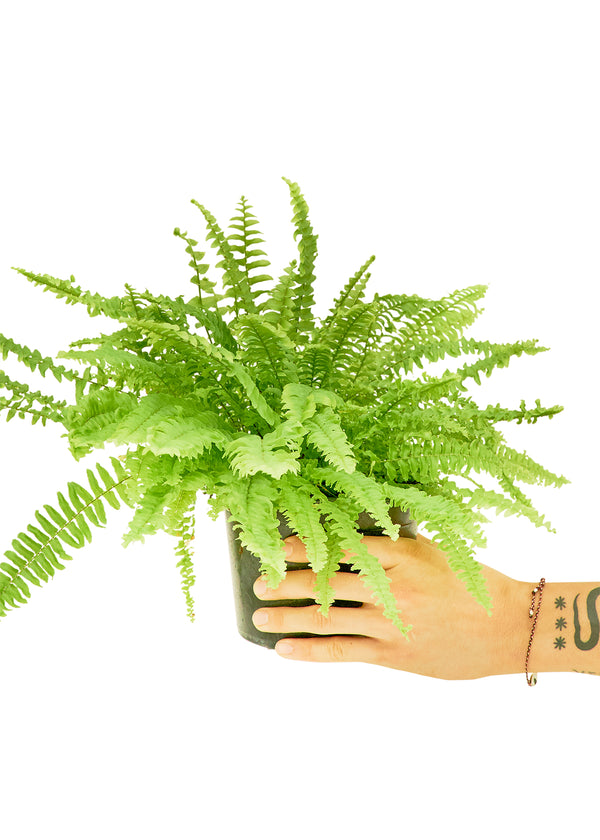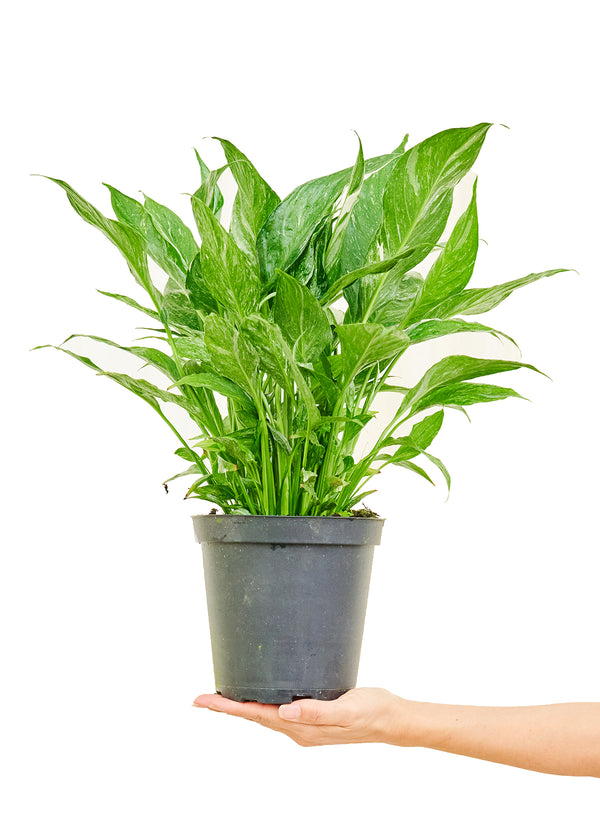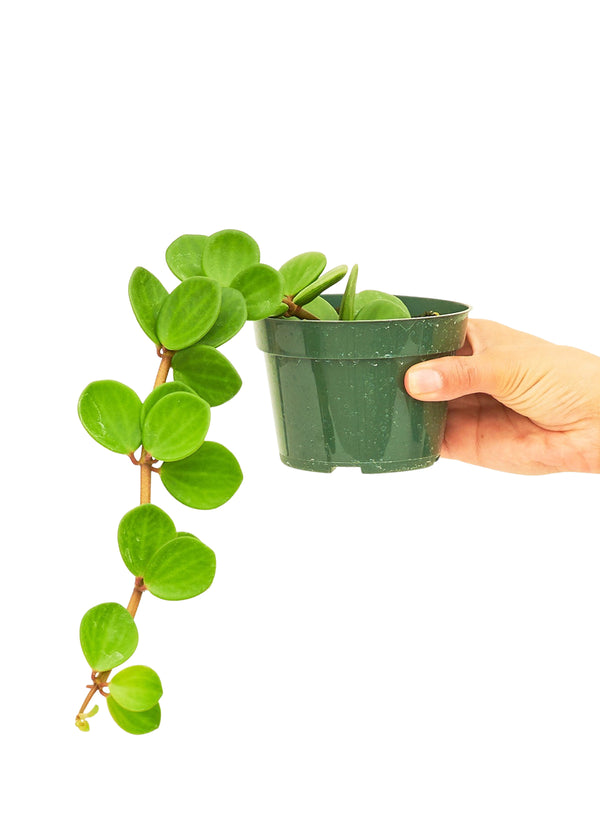The whispers of dread that circulate among plant lovers often speak of an insidious affliction that can silently besiege the roots of beloved houseplants. This menace is root rot, a condition that can swiftly transform a thriving plant into a wilting shadow of its former self. But fear not, for with understanding and vigilance, you can protect your green companions from this underground threat.
Unearthing Root Rot: Signs and Symptoms
Root rot is a disease that occurs when excess moisture robs the roots of oxygen, leading to fungal or bacterial infection. The initial signs can be deceptive, as they mirror those of under-watering, but keen observation can unearth the truth. Look for a plant that seems perpetually thirsty, with yellowing leaves, stunted growth, and a general appearance of languor. Upon closer inspection, if the roots are brown, mushy, and emit a foul odor, root rot is likely the culprit.
The axiom "prevention is better than cure" is a golden rule in the realm of plant care. The most effective way to prevent root rot is to water correctly. Always check the topsoil for dryness before watering and ensure that your pots have adequate drainage holes. Consider the unique watering needs of each plant species, as well as the environmental factors such as light, temperature, and humidity that impact water intake and evaporation.
Choosing the Right Substrate: Soil and Beyond
Selecting the appropriate substrate is crucial in the fight against root rot. A well-draining potting mix, possibly supplemented with perlite, vermiculite, or sand, provides the roots with a balance of moisture and aeration. For plants that prefer drier conditions, consider soilless alternatives like coconut coir or succulent-specific blends that mimic their natural growing environments.

The choice of container plays a pivotal role in root health. Beyond aesthetics, your pot must cater to the plant's drainage requirements. Terracotta pots offer a breathable habitat, allowing moisture to escape through their porous walls. For those who prefer plastic or glazed ceramic pots, be vigilant with watering schedules to avoid waterlogging.

Root Rot Reconnaissance: Early Detection and Response
Early detection of root rot can make all the difference. Regularly unpotting your plants for a root check-up can catch problems before they escalate. If you spot signs of rot, act swiftly. Remove the plant from its pot, trim away the affected roots with sterile shears, and repot in fresh, dry soil. This can save your plant and prevent the spread of pathogens.

While some fungi are the harbingers of root rot, others are staunch allies. Incorporating beneficial mycorrhizal fungi into your potting mix can fortify your plants' root systems, enhancing nutrient uptake and providing a defense against harmful microbes.
The Science of Symbiosis: Plants and Their Protective Partners
In nature, plants often engage in symbiotic relationships that fortify their resilience. Introducing companion plants with antifungal properties, such as marigolds or alliums, can create a protective community. Additionally, the judicious use of organic antifungal agents, like neem oil or cinnamon, can provide an extra layer of defense.

The Holistic Approach: A Thriving Plant Ecosystem
Cultivating a healthy plant environment transcends the mere avoidance of overwatering. It's about fostering a holistic ecosystem where plants receive the right amount of light, nutrients, and care. Monitor your plants for stress, which can make them susceptible to diseases like root rot. By understanding the delicate balance of your plants' needs, you can cultivate a verdant refuge that stands strong against the threats lurking beneath the soil.

In the grand garden of life, knowledge is the gardener's best tool. Armed with the insights to prevent and combat root rot, you can ensure that your indoor plants remain vibrant and robust. Remember, each plant is a living testament to the care you bestow upon it – a care that's rooted not just in the soil, but in the heart.


